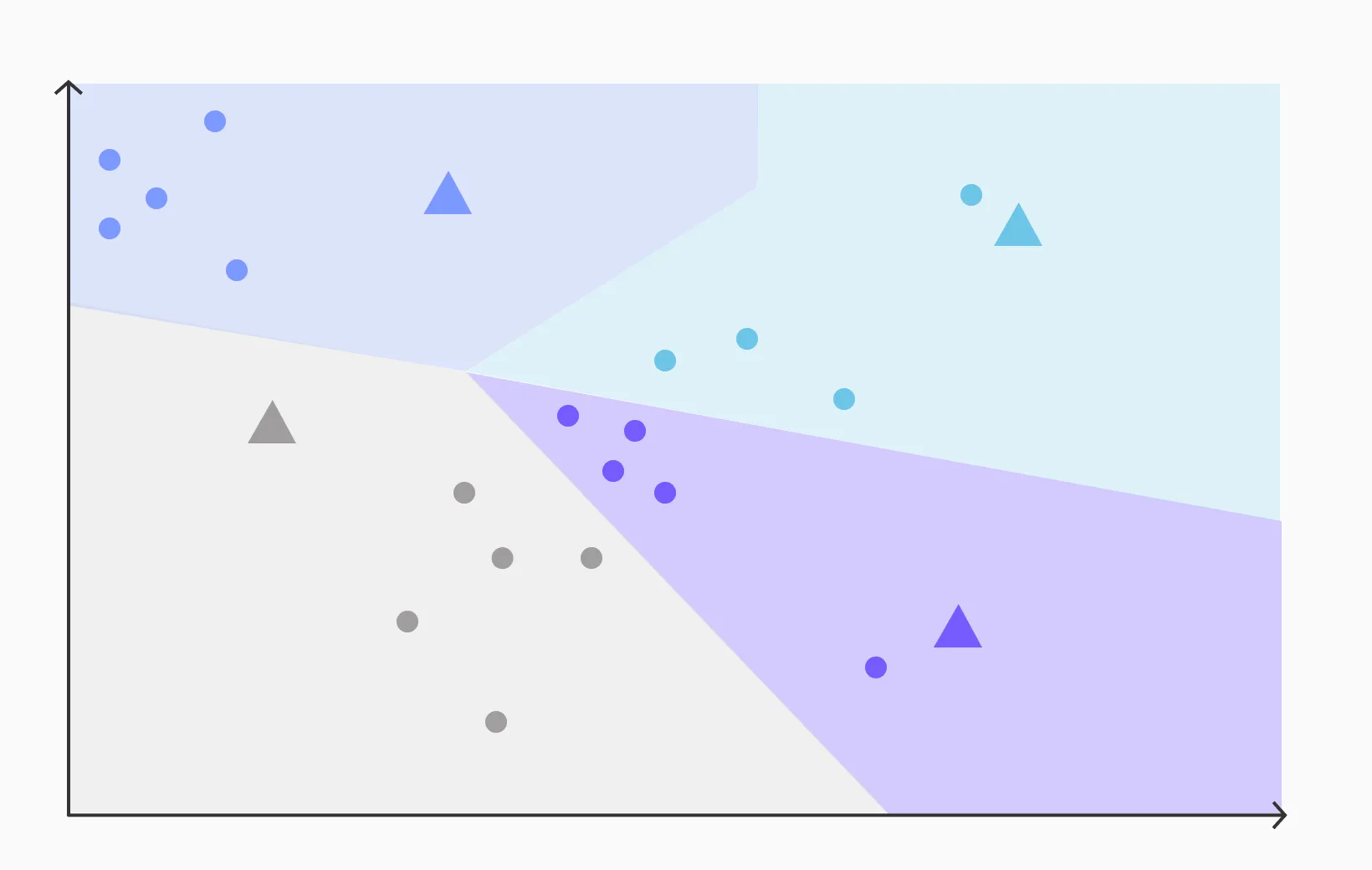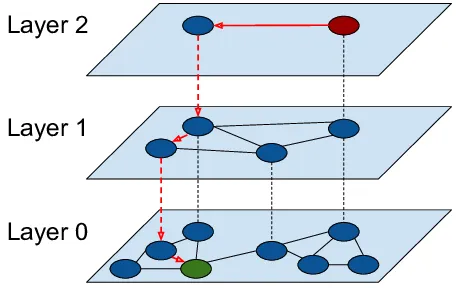IVFFlat vs. HNSW - and how to use them in Amazon DocumentDB
Learn about he most popular vector search indexes, IVFFlat and HNSW, and how to use them in DocumentDB turning into a really capable vector database.


- Very fast built time
- Small storage size
- Low memory requirements
- Slower to generate responses
- quality of results deteriorates easily with data updates needing frequent rebuilding of the index
- Needs a substantial amount of data before you can create an IVFFlat index (several thousands of data points at minimum is recommended)
- Very fast (some benchmarks put it at a bit over 15x better than IVFFlat for response times)
- Very resillient to data updates with negligible impact on recall (that is the quality of relevance of results don’t degrade easily)
- No need for any data at all. You can create the index and populate it over time with very little impact
- Build time is significantly slower than IVFFlat (some benchmarks demonstrate that it can be 32x times slower) … but you may not need to rebuild the index very frequently if at all
- Needs more memory to run
- Has a bigger size in storage than an IVFFlat index (nearly triple the size according to some benchmarks)
1
2
3
4
5
6
7
8
9
10
11
12
13
db.collection.createIndex(
{ "<vectorField>": "vector" },
{ "name": "<indexName>",
"vectorOptions": {
"type": " <hnsw> | <ivfflat> ",
"dimensions": <number_of_dimensions>,
"similarity": " <euclidean> | <cosine> | <dotProduct> ",
"lists": <number_of_lists> [applicable for IVFFlat],
"m": <max number of connections> [applicable for HNSW],
"efConstruction": <size of the dynamic list for index build> [applicable for HNSW]
}
}
);1
2
3
4
5
6
7
8
9
10
11
db.collection.createIndex(
{ "vectorEmbedding": "vector" },
{ "name": "myIndex",
"vectorOptions": {
"type": "ivfflat",
"dimensions": 3,
"similarity": "euclidean",
"lists":1
}
}
)1
2
3
4
5
6
7
8
9
10
11
12
db.collection.createIndex(
{ "vectorEmbedding": "vector" },
{ "name": "myIndex",
"vectorOptions": {
"type": "hnsw",
"dimensions": 3,
"similarity": "euclidean",
"m": 16,
"efConstruction": 64
}
}
);